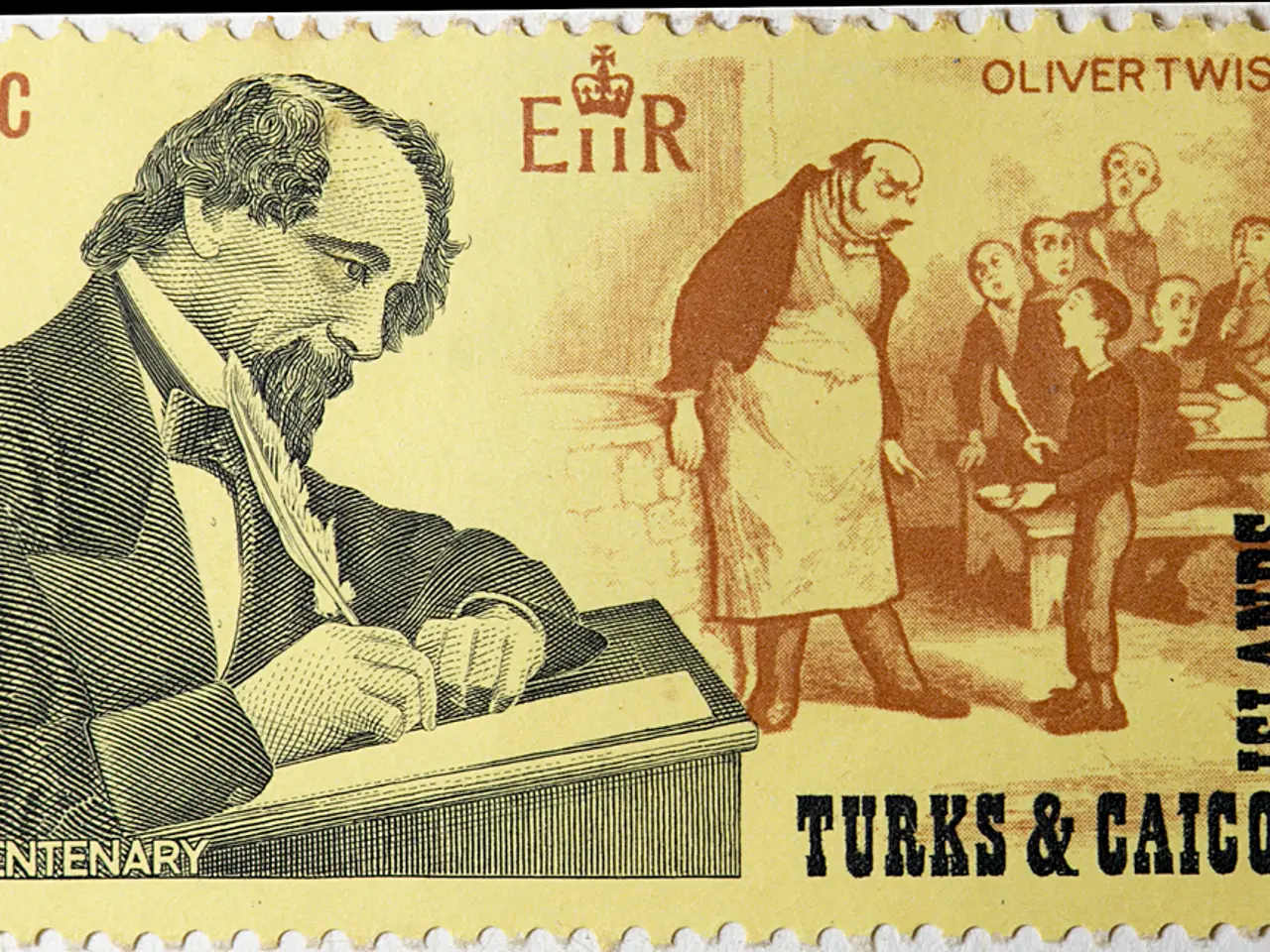Ruling issued by Meyer Werft regarding additional expenses
Meyer Werft, a renowned German shipyard, is currently grappling with a potential €185 million cost overrun in its entry into the offshore wind farm sector. This revelation comes after the shipyard entered steel construction for converter platforms last summer, a move not initially anticipated in the expert opinions used as the basis for the investment.
The higher costs are primarily due to two factors: the construction of converter platforms for the Disney corporation and the omission of an entire ship section during the construction. These converter platforms are large technical facilities that stand on fixed piles in the sea and convert the alternating current produced by wind turbines into direct current.
The shipyard has not yet received a final closing report regarding the additional costs, but a legal advisor to the company has explained that a significant result had to be adjusted just two days after the federal and state governments' investment. The omission of nearly 200 kilometers of cable during the construction of a new ship is believed to be the primary cause of these additional costs.
The state government, through close monitoring, has been informed about the clarification process in recent months. The responsible parliamentary committees were informed in confidential sessions. The federal government and the state of Lower Saxony each took a 40% stake in the shipyard last year, providing guarantees for loans totaling 2.6 billion euros.
The shipyard is currently building four converter platforms on behalf of a consortium. However, the shipyard's entry into the offshore wind farm sector comes at a challenging time, as the company is currently in an existential crisis.
In general, shipyards often face higher costs due to factors such as the complexity and customization of cruise ships, which can lead to unforeseen technical challenges, rising material and labor costs during the construction period, and delays in project timelines, which increase overhead and financing expenses.
Governments often provide financial support or subsidies to shipyards as part of regional economic development or to protect strategic industries. They may also intervene to manage or mitigate financial risks, sometimes stepping in with rescue packages or guarantees if cost overruns threaten the viability of a project. Governments can also influence projects through regulatory requirements or environmental standards that can add to costs.
However, without specific details from the search results, it is unclear exactly how the federal and state governments engaged with Meyer Werft’s cost overruns. If more precise or updated information is needed, further targeted research would be required.
The Meyer Werft press office has asked for understanding, stating that the matter concerns internal business matters to which they do not comment publicly. The results of the investigation are not surprising to the state government, according to recent reports published by the "Neue Osnabrücker Zeitung". A legal opinion commissioned by the Lower Saxony Ministry of Economics finds that neither the owners nor the management of the company were aware of these deviations and did not act negligently.
The omission of nearly 200 kilometers of cable and the construction of converter platforms for the Disney corporation have contributed significantly to the potential €185 million cost overrun at Meyer Werft, causing a financial burden on the German shipyard. Given the importance of offshore wind farm sector investments to regional economic development, it's common for governments to provide financial aid or subsidies, which may include managing or mitigating financial risks, occasionally through rescue packages or guarantees when cost overruns threaten a project's viability.




